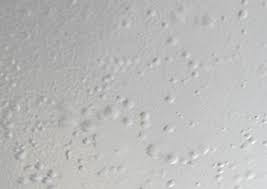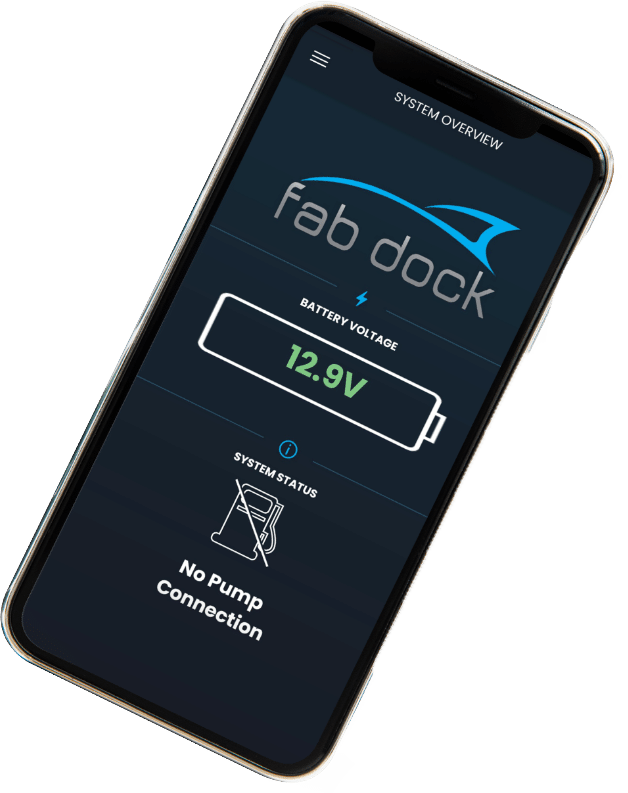The very mention of these words is enough to send shivers through the most experienced of fiberglass boat owners. For those less experienced, the nearest analogy would be like finding rust in your car. Yes, it can be treated, but left unchecked will ultimately result in the death of the vehicle or vessel.
Osmosis is caused when water penetrates the outer gelcoat layer of the boat and finds its way into the layers of fiberglass. If these layers aren’t bonded properly, this water starts to delaminate these layers which can eventually affect the integrity of the hull and render the vessel unsafe. Gelcoat blisters are formed when water has penetrated the gelcoat layer and reacts with the chemicals of the gelcoat. When broken, these blisters quite often leak a dark fluid that is quite pungent. Gelcoat blistering is often the precursor to the more serious problem of osmosis and is therefore much easier and cheaper to fix, if found early enough.
How can this happen? Surely a fiberglass boat is waterproof? After all, it is designed to be on the water. That is what I thought when I bought my first boat too. But no, fiberglass boats are not waterproof. Gelcoat is actually porous. Most boat owners don’t believe me when I tell them, so it is off to the all-knowing Google to clarify and prove the point.
So yes, they make boats out of materials that aren’t waterproof. But what if you want to leave your fiberglass boat in the water? How do I stop it from getting gelcoat blisters or osmosis? In days gone by, most boat owners would apply antifoul (or bottom paint as it is called in the US) to the bottom of the boat. Before the antifoul is applied, most reputable companies would prepare the hull by sanding back the shiny gelcoat and applying a coating of epoxy. This would act as a sealant for the boat and give the antifoul something to stick to. And in the worst case scenario, would also hide any blistering that has already occurred or may occur at a later stage.
This process was so prevalent that a lot of boat manufacturers didn’t even bother finishing the fiberglass below the waterline properly as they expected every boat owner to sand it back anyway and apply antifoul. However, with some countries already banning the use of antifoul and many more looking at ways to outlaw its use because of the damage it does to our marine ecosystem, this option will not be available at some time in the near future.
Trailer boats are another peculiar situation. Manufacturers of smaller fiberglass boats assume that their boats will generally only be used for one day at a time and then housed back on the trailer. So any water that has infiltrated through the gelcoat layer will exit the same way it got in while it is sitting high and dry on its trailer. Therefore, they may not pay as much attention to the quality of their gelcoats as long as it looks shiny while sitting in the showroom.
The only problem with this theory is if their customer wishes to leave their fiberglass trailer boat in the water in an in-water dry docking system. Not all such systems are actually dry but we do know that a FAB Dock is and will keep your boat dry while it is inside its FAB Dock. However, every time the boat is out on the water, it is soaking up water. But unlike when it is sitting on a trailer, the water cannot drain back out of the gelcoat because it is wrapped up in the FAB Dock.
How do I solve this problem and make sure my boat doesn’t get osmosis or gelcoat blisters? A well made boat from a reputable boat builder is the first step. In over ten years, with hundreds of clean-skin boats living in FAB Docks, we have never had an issue. But that is no reason to be complacent. Even good boat builders can have bad days. Even Mercedes, Ferrari and Rolls Royce have warranty periods to cover any mistakes they make while producing their cars. And making a car is lot more exact, precise and repetitive than making a boat.
The manufacture of a boat is still reliant on the individual skills of the operators. The preparation of the mold, the application of the gelcoat, the tie layer and then layers of fiberglass matting and resin is the judgment call of the operator on any given day. And skilled operators can be difficult to find. In areas where boat building is prevalent like Florida or the Carolinas in the US or the Gold Coast in Australia, it might be a little easier to find skilled boat builders but smaller boutique builders in smaller centres really have to manage and train their staff carefully.
And even when you do get a well trained and motivated team together, a big weekend or a bad morning might result in less attention to a particular boat on any given day. And you definitely don’t want to end up with a “Friday” boat. That half finished boat at knock off time on Friday afternoon that now sits around all weekend picking up a layer of dust or moisture before it is finished off on the Monday morning. And even though gelcoats, fiberglass and resins have improved over the years and manufacturing processes have become more controlled, the pressures of business and quotas mean that boats are having to get popped out of their molds a lot sooner than they used to be, possibly before they have cured and settled properly. And if the operators have used more than half of their allotted amount of resin or matting on the first half of the boat, then the second half has to be a little thinner.
To combat all these possibilities, the best way to avoid any future issues is to have your fiberglass boat properly sealed by a professional shipwright. This involves the application of a waterproof coating to the bottom of the boat to prevent any water from penetrating the gelcoat. This will not only give you peace of mind but will also improve the resale value of the boat as more and more boat owners understand how important this is to maintaining the structural integrity of the hull.
Most shipwrights have their own preference as to what product they will use for this purpose. Some of the more popular products used for this application are epoxies, polyurethanes, two-packs and linear paints. There are also many companies coming up with new coatings all the time, such as Seacoat V10.
We strongly recommend that all of our customers talk to their local shipwright about what they recommend for their own boat and believe that it really is a worthwhile investment if you are planning on keeping your boat for any length of time.
This is even more important for owners of older boats. Like all materials and coatings, gelcoat breaks down over time and becomes even more porous. And if you add in the odd hole or crack, now you are inviting water into your boat. When you are going through the water at speed, you are now forcing the water into any little crack or hole in the gelcoat. It is like standing there with a pressure washer or water blaster and aiming it directly into every crack and crevice in your gelcoat. This accentuates any natural water ingress by a huge multiplier.
Again, if this boat is then removed from the water and allowed to dry out on a trailer or dry stack every day, this water will eventually find its way back out of your boat, usually. Not that I would rely on this theory to protect my boat form gelcoat blistering or osmosis.
This information isn’t meant to alarm or scare anyone but rather to educate fellow boat owners on a typical problem that is not commonly spoken about, particularly when purchasing a boat. So I hope this helps with protecting your investment and feel free to email our team if you have any further questions.
We wish you safe and happy boating.



